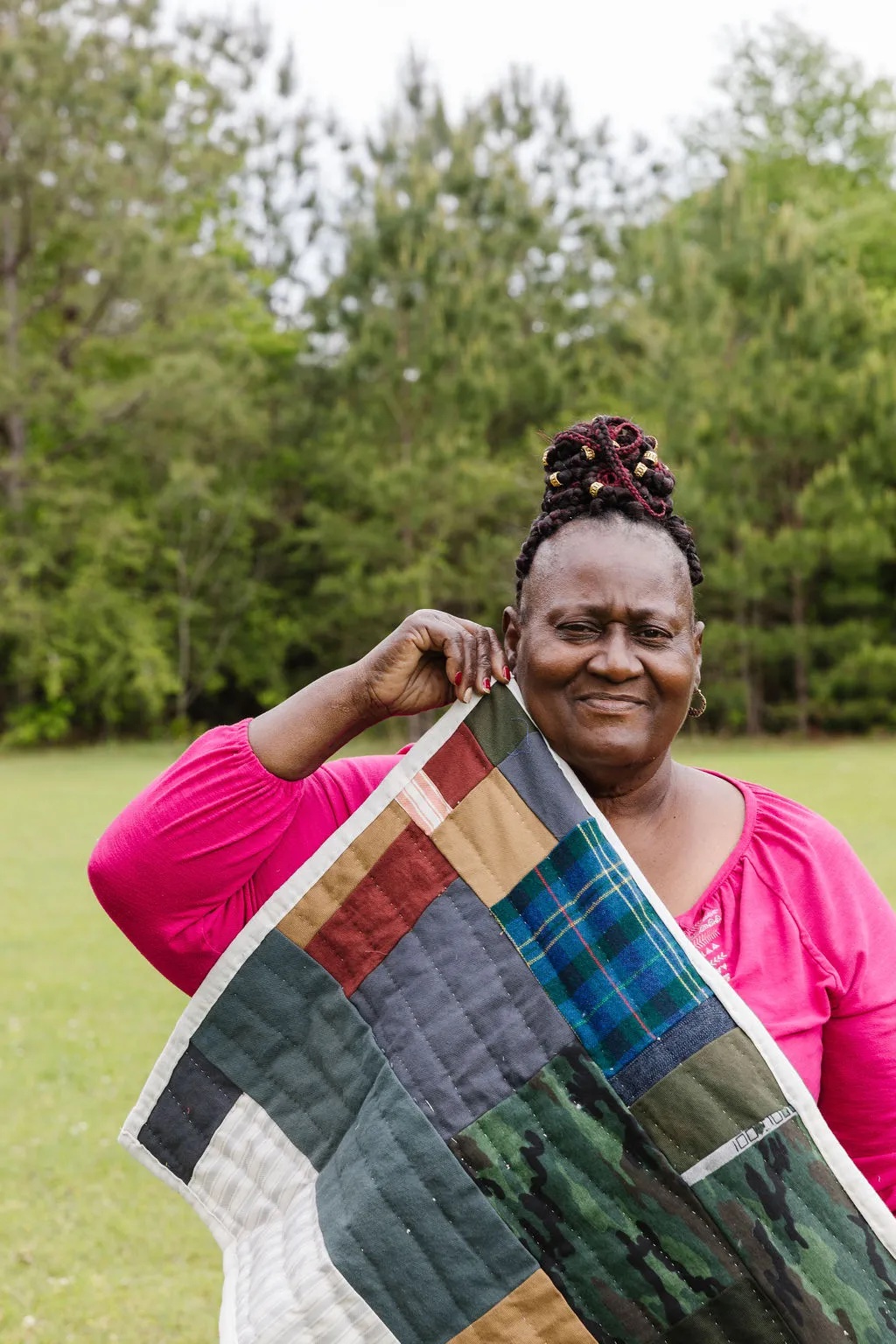Quilts made by generations of women in Gee’s Bend, Alabama, have hung in the Met, the Whitney, and the Smithsonian Museum of Art. They’ve been shown at galleries and art fairs around the world. But if the quilters want to directly sell their world-famous quilts — vibrant, often asymmetrical, charismatic works, originally hand-stitched for warmth from scavenged fabric — they’ve had to wait for prospective buyers to come to them. That requires a drive deep into the Alabama Black Belt, along red dirt roads with little to no cell signal, through an isolated stretch of grassy meadows and pine woods, to a community deep in an oxbow of the Alabama River that, if the ferry’s not running, is nearly 40 miles from the closest hotel, supermarket, or pharmacy. At least, this is how it worked before February of 2021.
